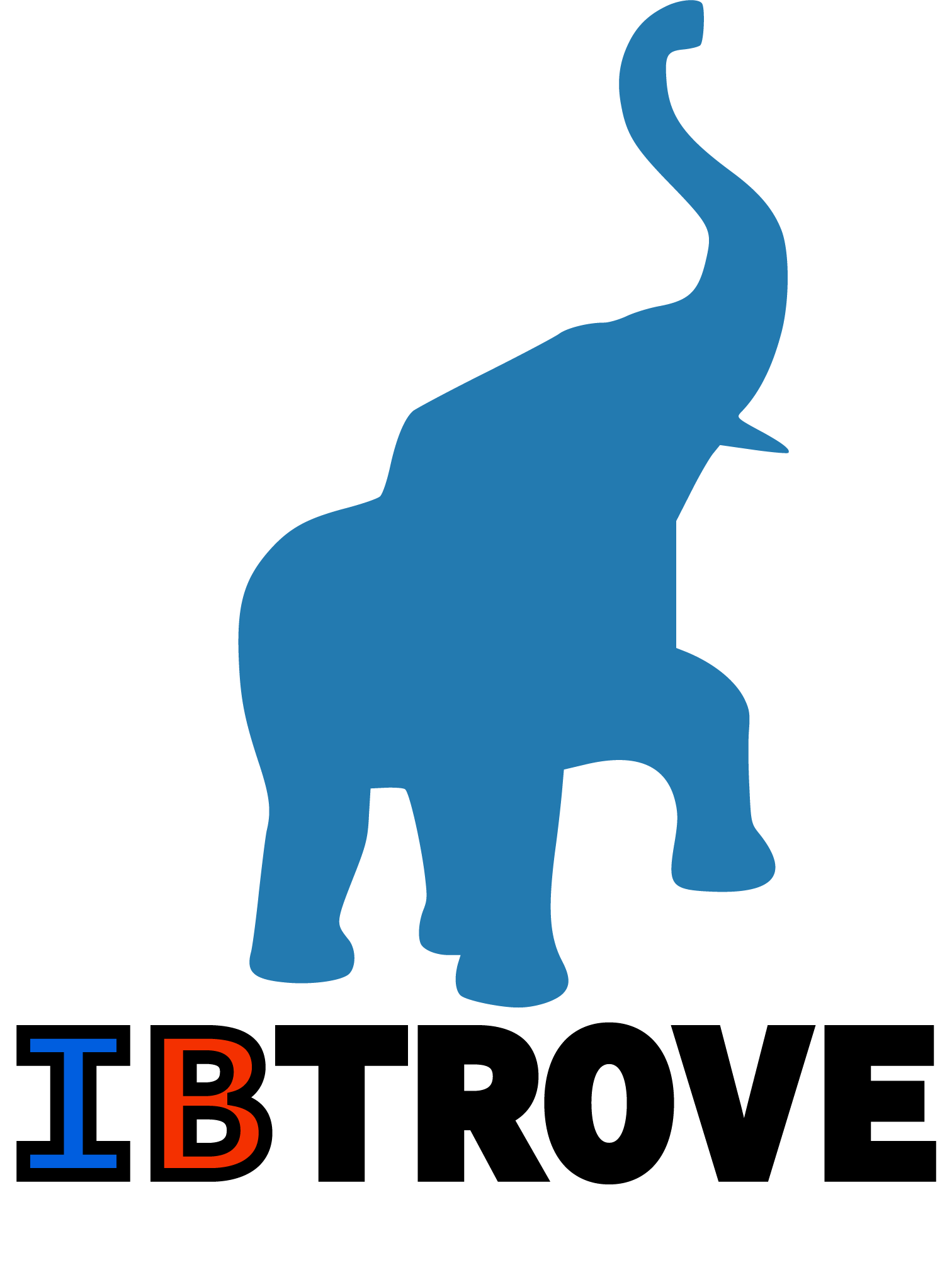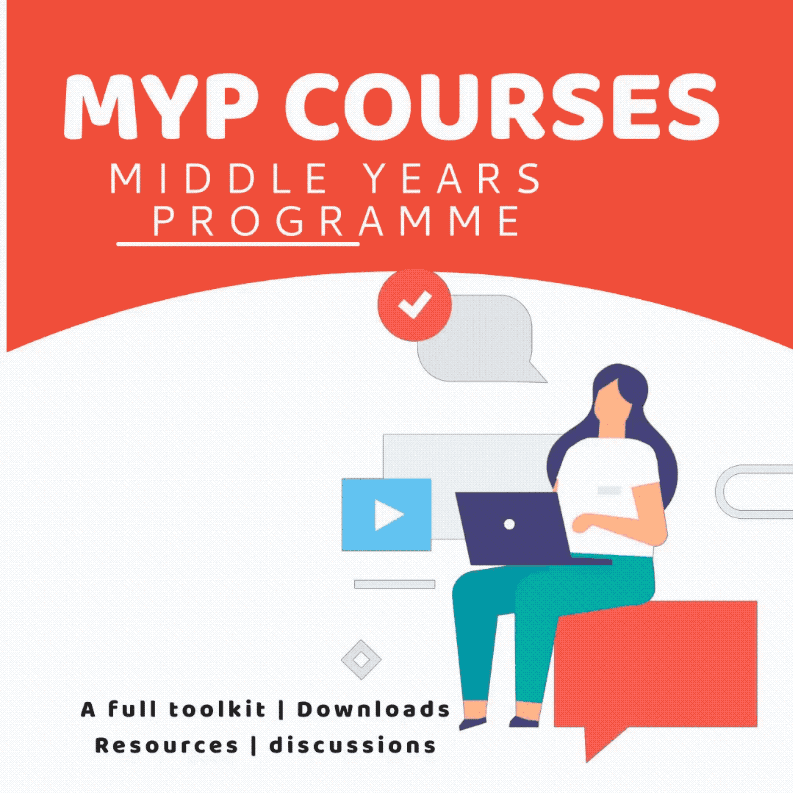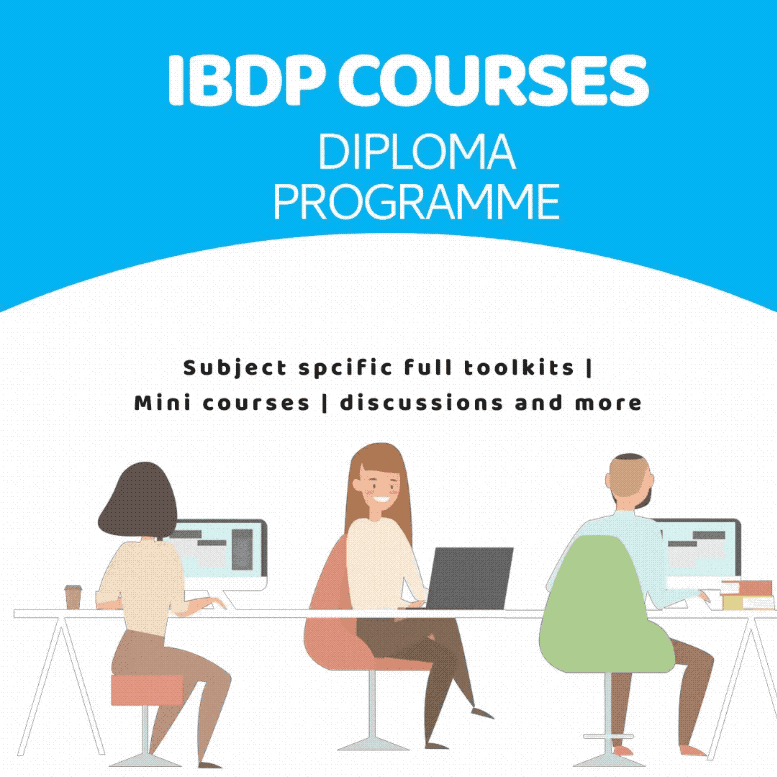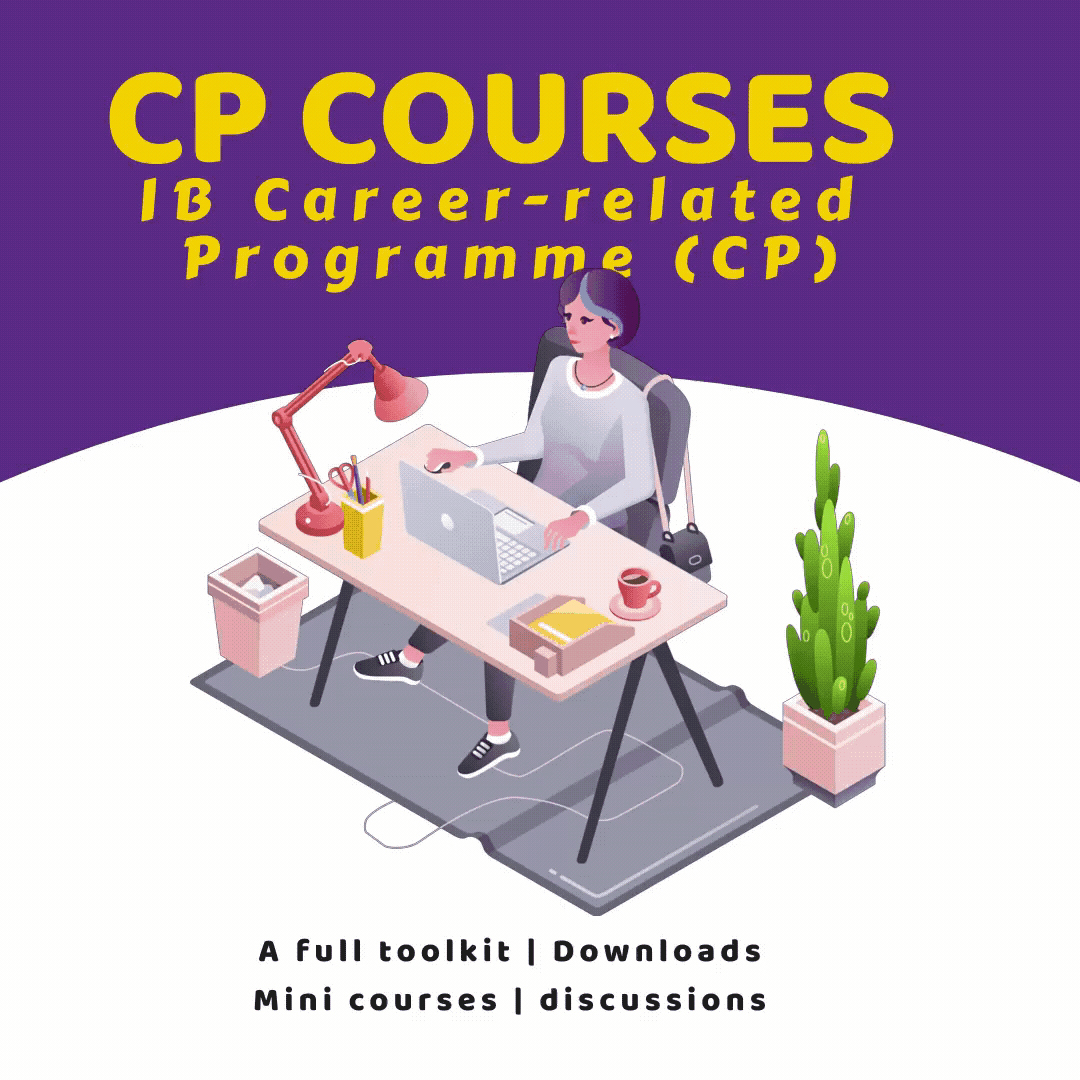Get Creative!
Tic-Tac-Toe vocabulary is one of my student’s favorite games to play in class: they brush up on their vocabulary or command terms, while playing a game with a partner and the class! Using games and creative activities helps to break up the monotony and refreshes students!
Here are a few creative games and ideas to add to your class.
Here are a few creative games and ideas to add to your class.
1. Tic-Tac-Toe Vocabulary! Create a few different tic-tac-toe boards on your computer with the vocabulary or command terms you want your students to review. Print off copies for your students...I usually let my students play 2-3 times so we can have several winners. Pair up your students, or have them get into pairs. Each pair gets one tic-tac-toe board. Each student should decide on who is X and who will be O. As the teacher, read off the definition for X. If X knows the answer, he/she should put an X over the word. Next read off a definition for O, and so forth. Whoever gets Tic-Tac-Toe first is the winner and gets a predetermined prize: I usually give out 2 points of extra credit or a pass on a reading quiz. You can also change this up by printing the definitions on the Tic-Tac-Toe board and then reading the vocabulary word; the students then have to put their X or O over the correct definition, instead of the word. Have your students study their words first and this creates a great 20 minute activity!
2. Guest Speakers. Invite the IB History teacher to come into your Literature class to talk about Russia in the 1900s when we read Animal Farm, the IB Math teacher to talk about a concept in your Physics class, or ask the coordinator of a volunteer organization to talk to students about making a difference in their community for their CAS projects. Hearing information from someone other than you, can sometimes have a bigger impact. Plus if you aren’t an expert in Russian History, why not let the History teacher take on that lesson. You could always pay him/her back by teaching a lesson on a historical nonfiction text in his/her History class later on in the year
3. Read, write, or do group work outside. Take advantage of beautiful weather. If students are staring out the window while you are teaching, it might be better to have them work outside. First give your students clear directions on what you expect and what they should accomplish before you go outside. When the class period is over, collect an Exit Slip from them. An Exit Slip might be as simple as a sentence or list telling you what they accomplished, or it may be a reflection on their work, or a review of the group’s thoughts and ideas that were discussed.
4. Incorporate art into your class. When I teach The Awakening I spend a good chunk of one lesson showing students pictures of the clothing style from the 1890s, including the bathing suits! It is fun for students to see this, but it also helps them understand the characters they will read about. I also have used Thomas Cole’s paintings and The Jolly Flatboatmen by George Caleb Bingham. I have found the Terra Teacher Lab tools to be quite useful for finding artwork to use in my classroom. You can incorporate art in almost every subject, plus many museum websites have teacher resources to help you do this!
5. Get your students up and moving. One easy way to do this is to give your students a question; put the question on the board and have students answer it in their notebooks in 1-2 sentences (like a thesis sentence). Take some white board markers/chalk, etc. and circulate the room. When you read a good answer, give the student the marker to put his/her answer on the board. Keep doing this until you have 10 answers. Then go through each answer with the whole class talking about the strength of the thesis. I like doing this activity often when we are preparing for a writing assessment. Keep track of who you ask to go up to the board so next time you can select different students. Another great kinesthetic activity for Literature is having students create tableaux or acting out scenes from the literature we are reading. Students can also create tableaux with scenes from histories, artists/scientist biographies, etc.
Looking for more tools for teaching IB?Check out our Ibtrove Toolkits!
Looking for more tools for teaching IB?
Featured links
This work/product/service has been developed independently from and is not endorsed by the International Baccalaureate Organization. International Baccalaureate®, Baccalaureat International®, Bachillerato Internacional® and IB® are registered trademarks owned by the International Baccalaureate Organization.
Copyright © 2025
Copyright © 2025



